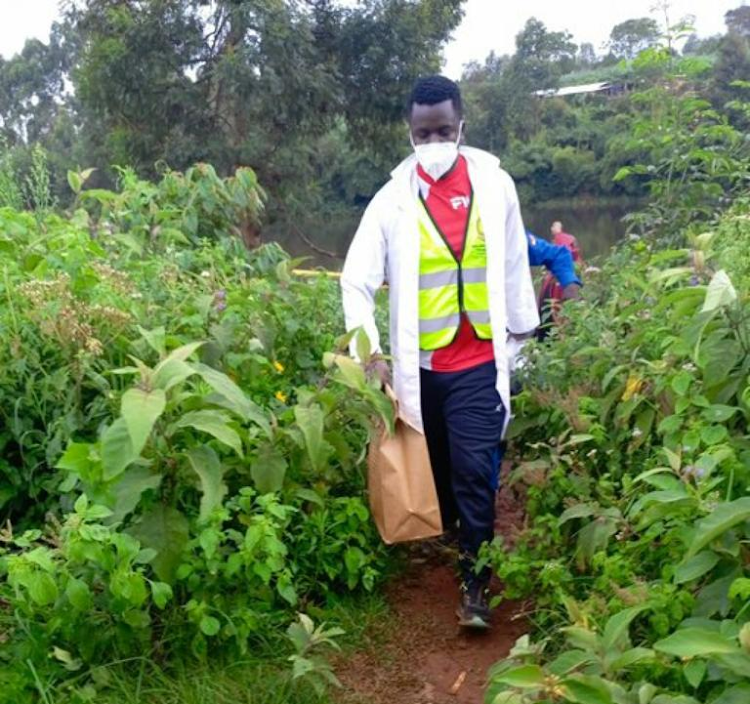On Sunday, detectives made a somber discovery, finding a human head believed to be that of the murdered university student, Rita Waeni Muendo. The head was recovered from a dam in Kiambaa, Kiambu County, shedding light on the possible direction the killer took after the January 13 murder in Roysambu.
The rest of Rita’s remains were found wrapped in a plastic bag and sheet, placed near a dustbin. The police, who picked up the head and some of Rita’s belongings for preservation and analysis, are hopeful for an arrest but note that the murder appears to have been committed by a professional.

The police report indicated that Simon Kang’ethe, Chief of Karuri, received information about a human head in Ite Dam at Kimuga village. Upon reaching the scene, police discovered a decomposed human head of an unknown adult female, wrapped in a purple blouse and placed in a green carrier bag, secured with a stone.
Mystery surrounds the killer’s actions of clipping off Rita’s fingernails, suggesting evidence concealment. The autopsy confirmed dismemberment, with the head and legs detached using a sharp object and a hacksaw. Samples were taken for toxicology analysis, suspecting the victim was drugged before the murder.
Contrary to initial reports, detectives believe the killer might be Kenyan, citing Swahili communication during interactions with witnesses. The preliminary findings suggest the killer used a fake phone line to communicate and lure Rita to the scene.
The family revealed the killer demanded a ransom of Sh500,000 after Rita’s death, sending pictures and indicating intent to murder her with a hacksaw. Unfortunately, the family did not receive further details about the ransom, as it was made after Rita’s death.
Waeni, described as “an intelligent, smart girl,” was about to start her fourth year at Jomo Kenyatta University of Agriculture and Technology (JKUAT). Evidence suggests Rita and her killer connected on Instagram, prompting ongoing investigations into the motive for her tragic murder.


